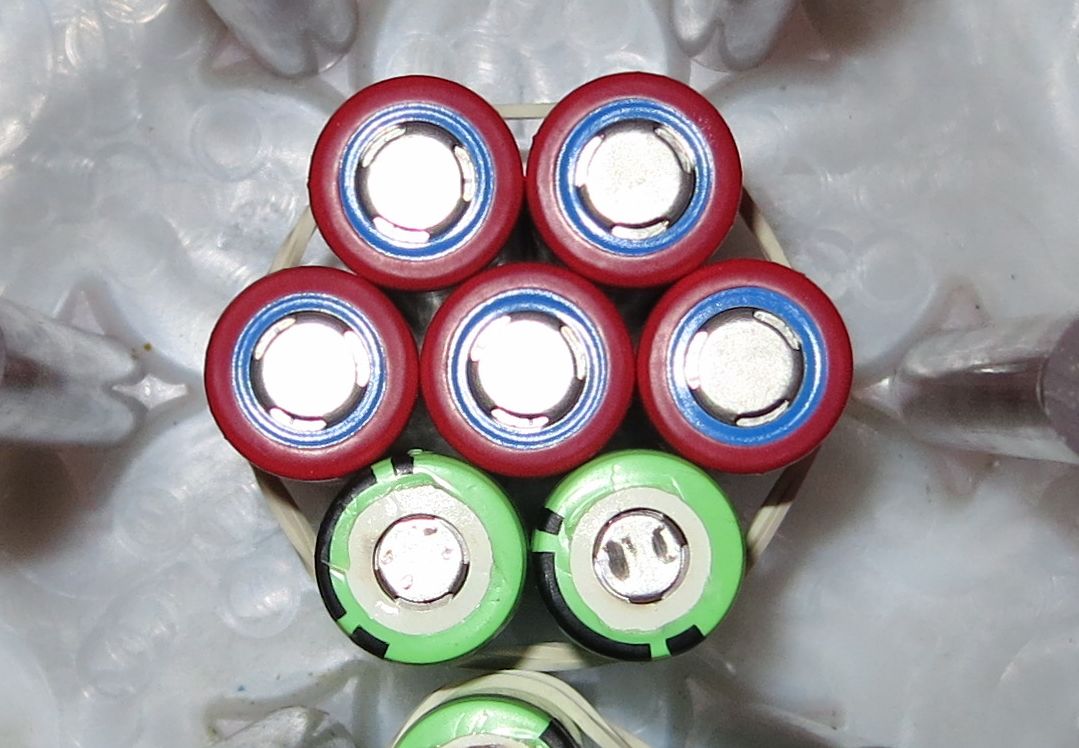- Messages
- 14,067
- Reaction score
- 11,192
- Location
- Port Orchard, Washington State
- # of dives
- 1000 - 2499
Li-ion won't drop in voltage coming off the charger. But you can get a 7s charger that has an adjustable final voltage and on goes to 4.1V per cell which is 28.7V. The original packs had way more voltage sag when you started however. And the li-ion pack won't have a ~4V sag. That might be part of the reason for the intermittent failures.Original echo/sierra electronics were likely designed around 24v nominal NiMH pack (i.e. 30V at full charge). A 7s Liion pack is going to be around 29.4 to 30.8v fresh off the charger depending on exact cell and charger. If you don't plug the pack in straight off the charger and wait a little bit for the voltage to dip back below 30v you ought to be fine. (Ignoring the age and potential lifespan of components in an echo ESC). This is the same potential issue/resolution as folks blowing up cuda ESCs with 12s Liion packs.
But the reality is that the Echo ESC is OLD at this point. Expect them to fail and you won't be disappointed.
If you can't swim back or out you need a backup scooter. Expect any scooter to fail, it can't be your sole life support.That was my original thinking as well. However, looking at the various 30-40 amp ESCs with similar form factors as the Echo's, they specify 6s for Li-ion batteries (if at all) which leads me to believe that rjack321's observations on reliability is likely to hold. As I use DPVs only on certain dives where reliability is important, I'll go with 6s and build a 30Ah pack.
6S is not necessarily a good idea. You will hit the low voltage cuttoff before using the majority of the pack energy






